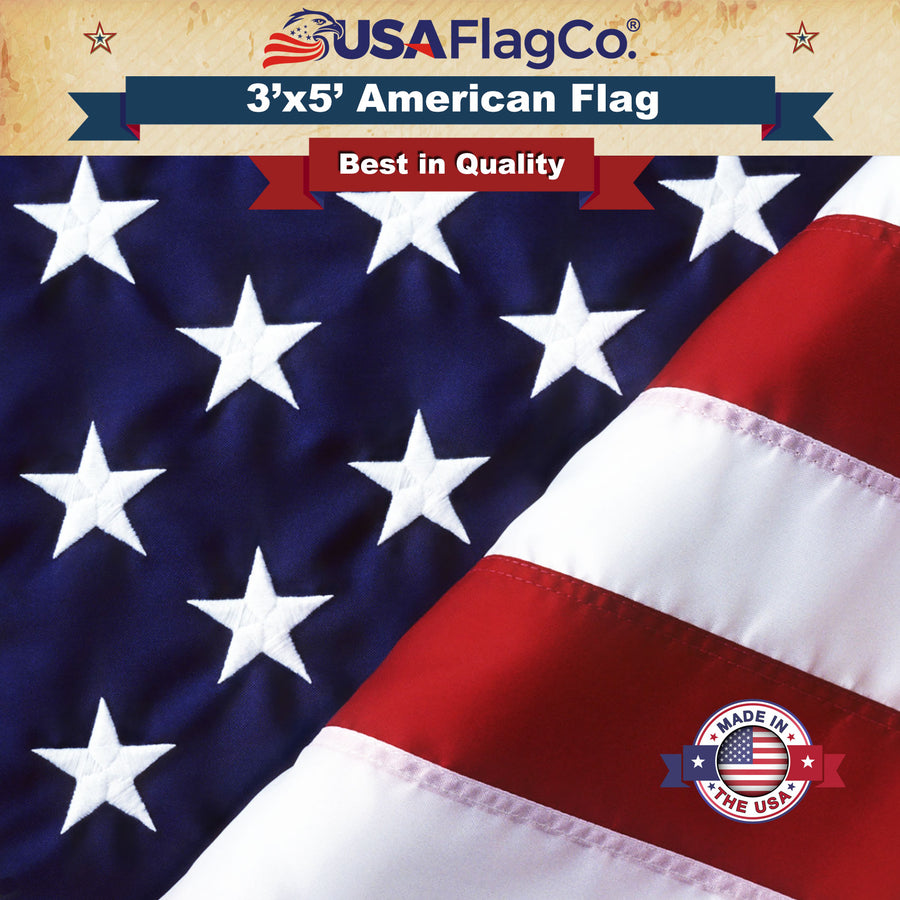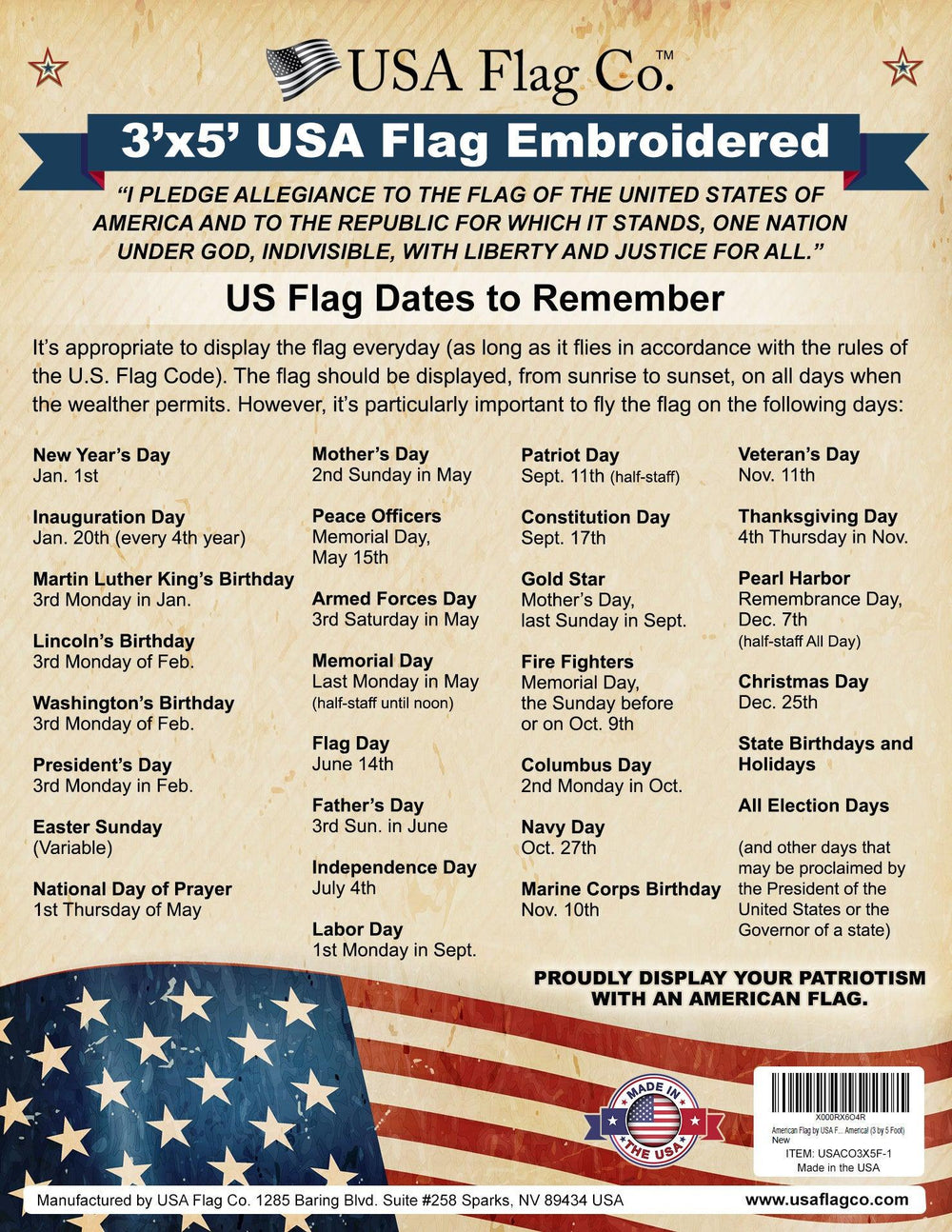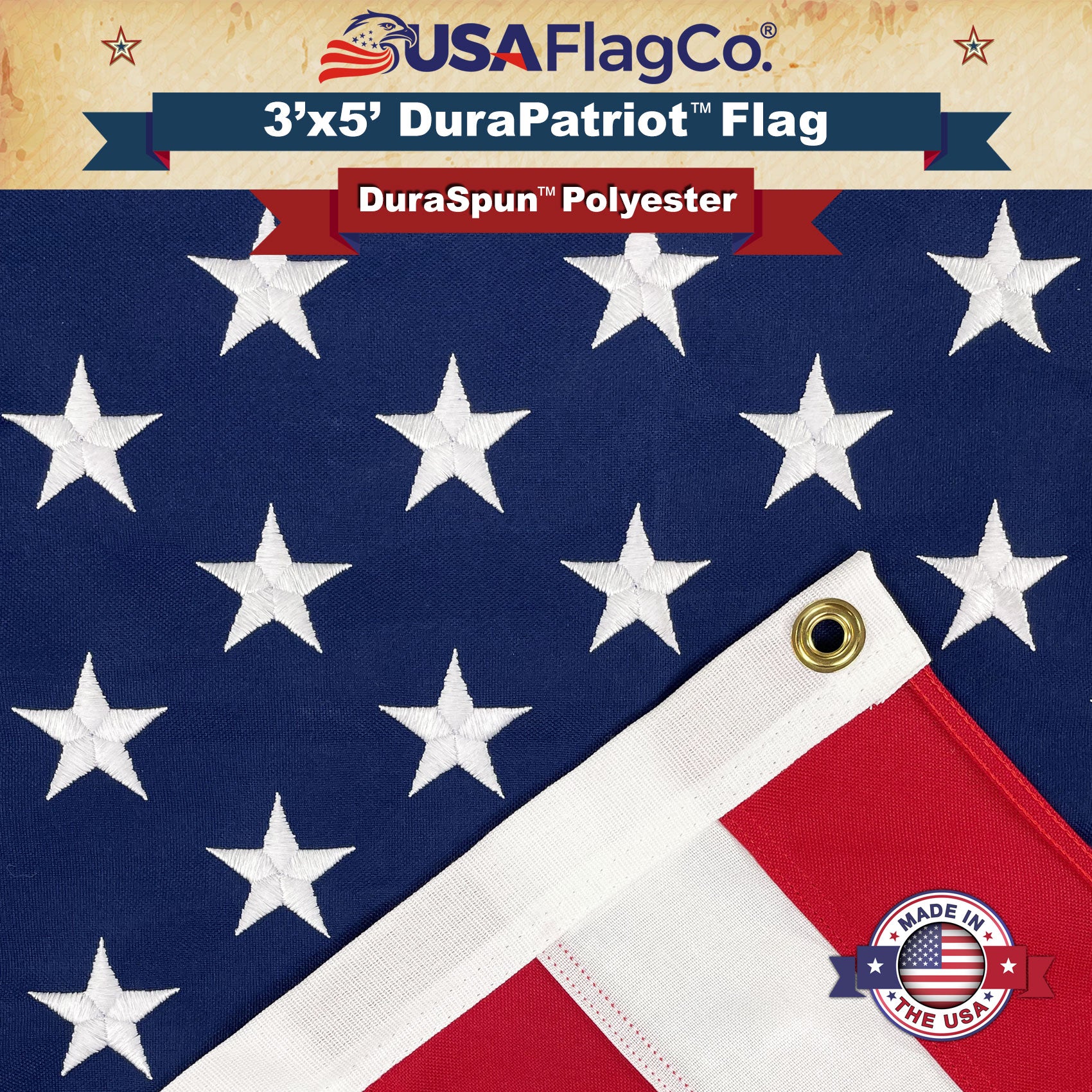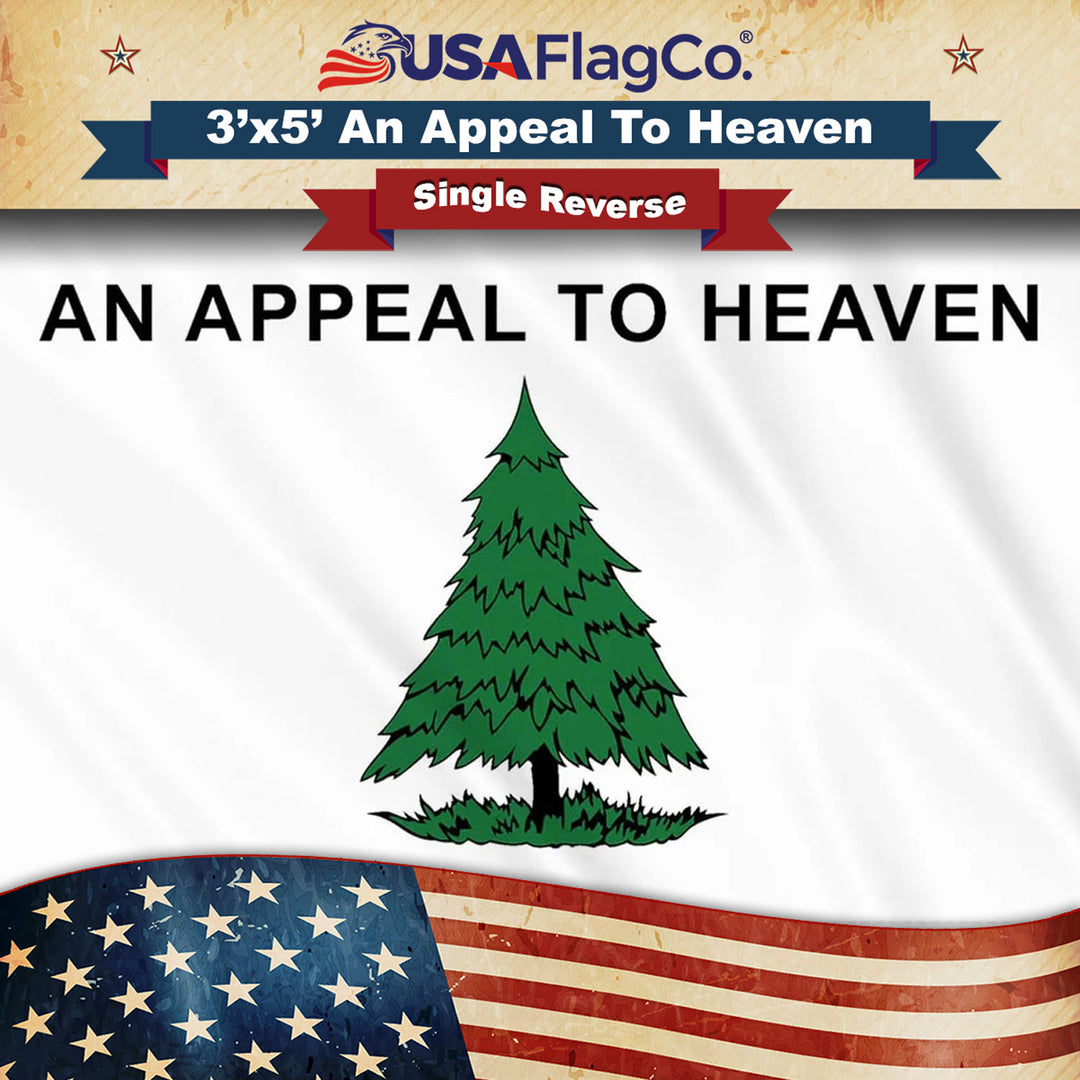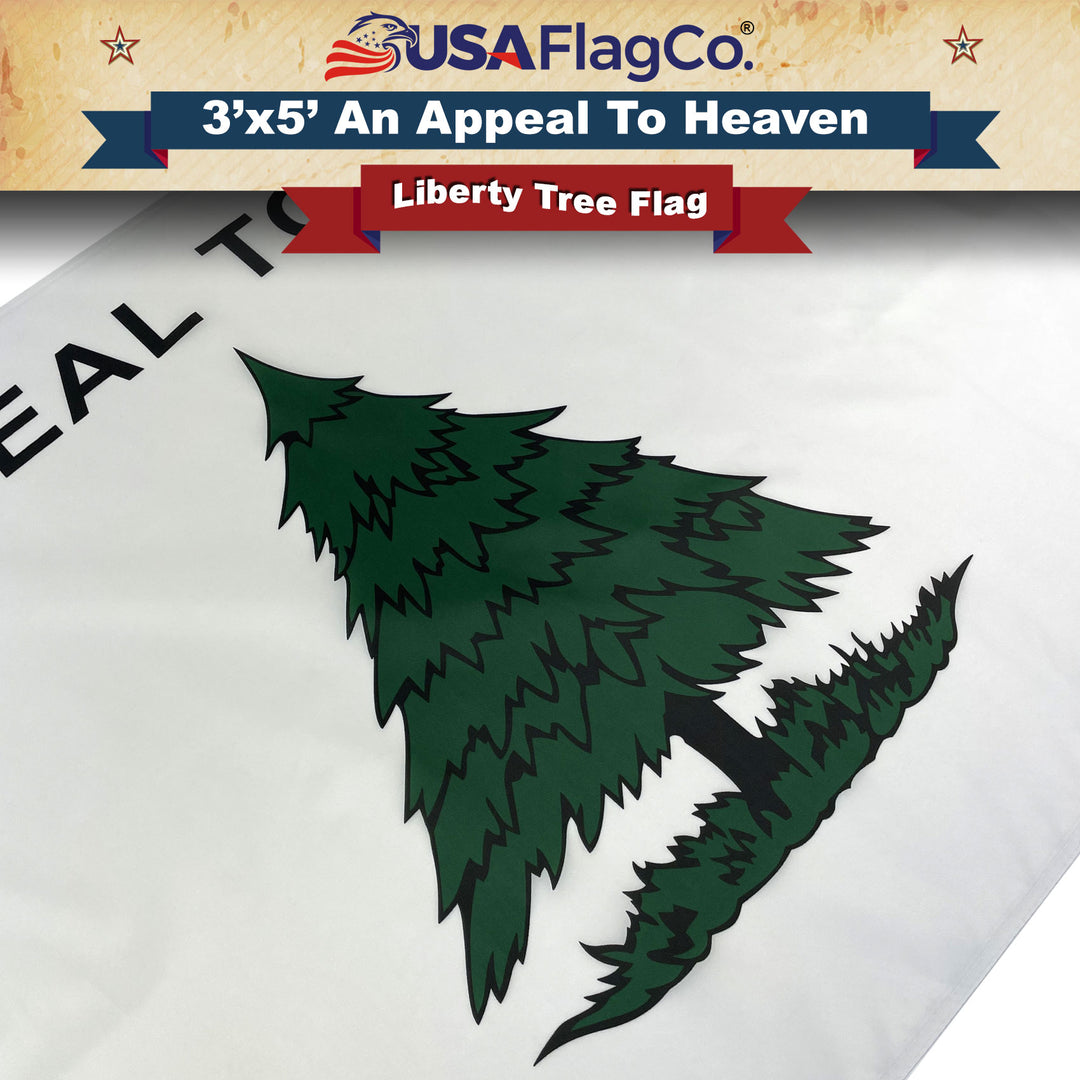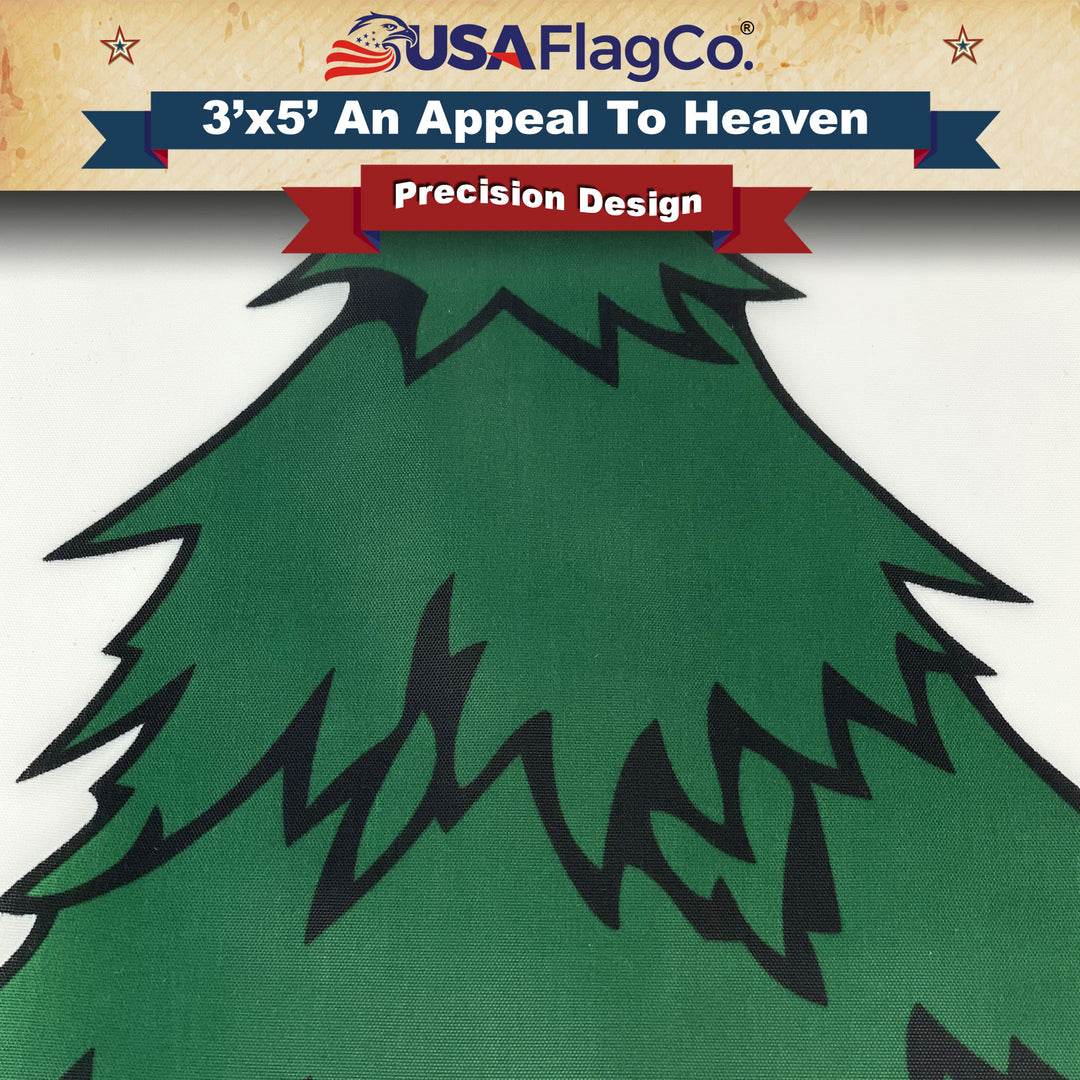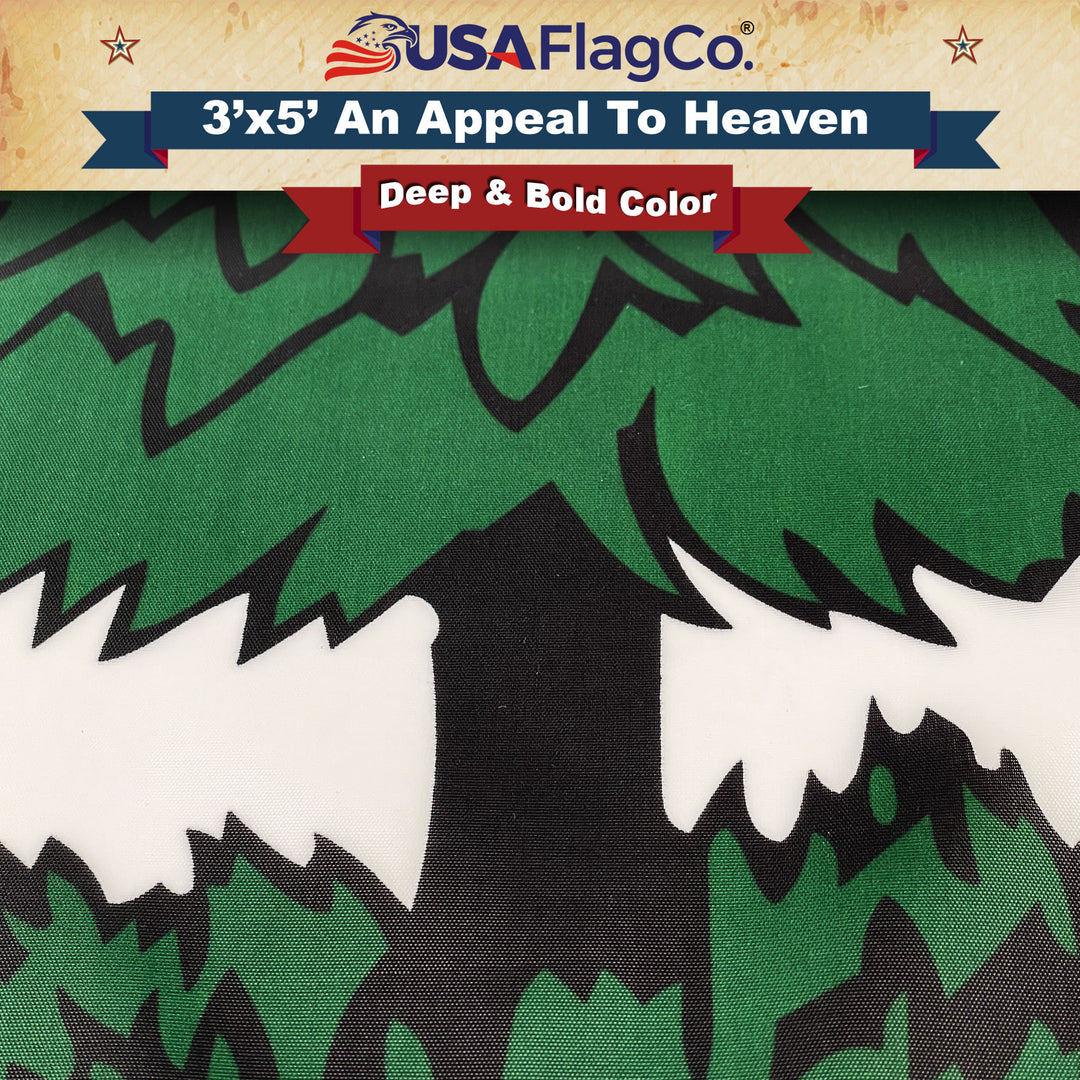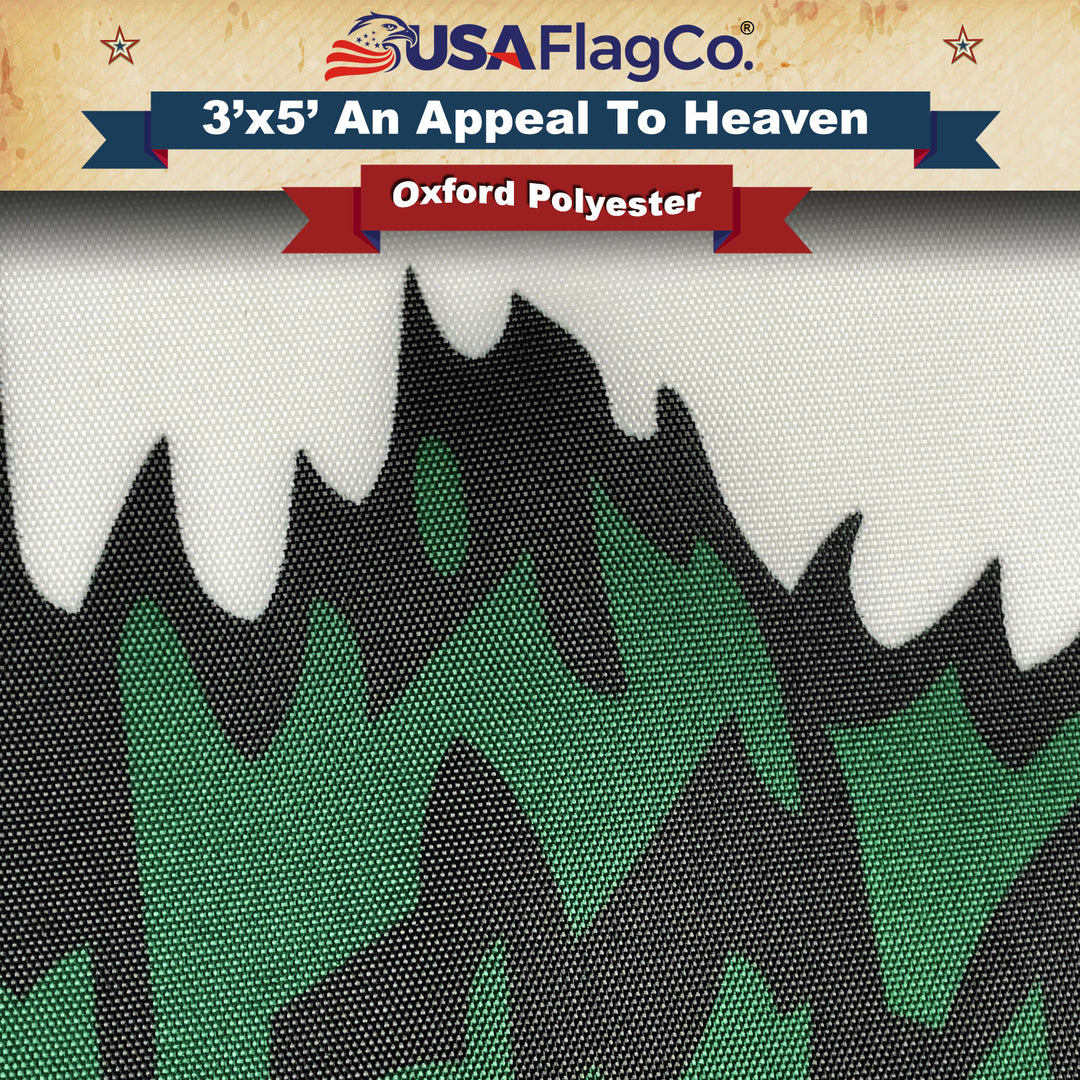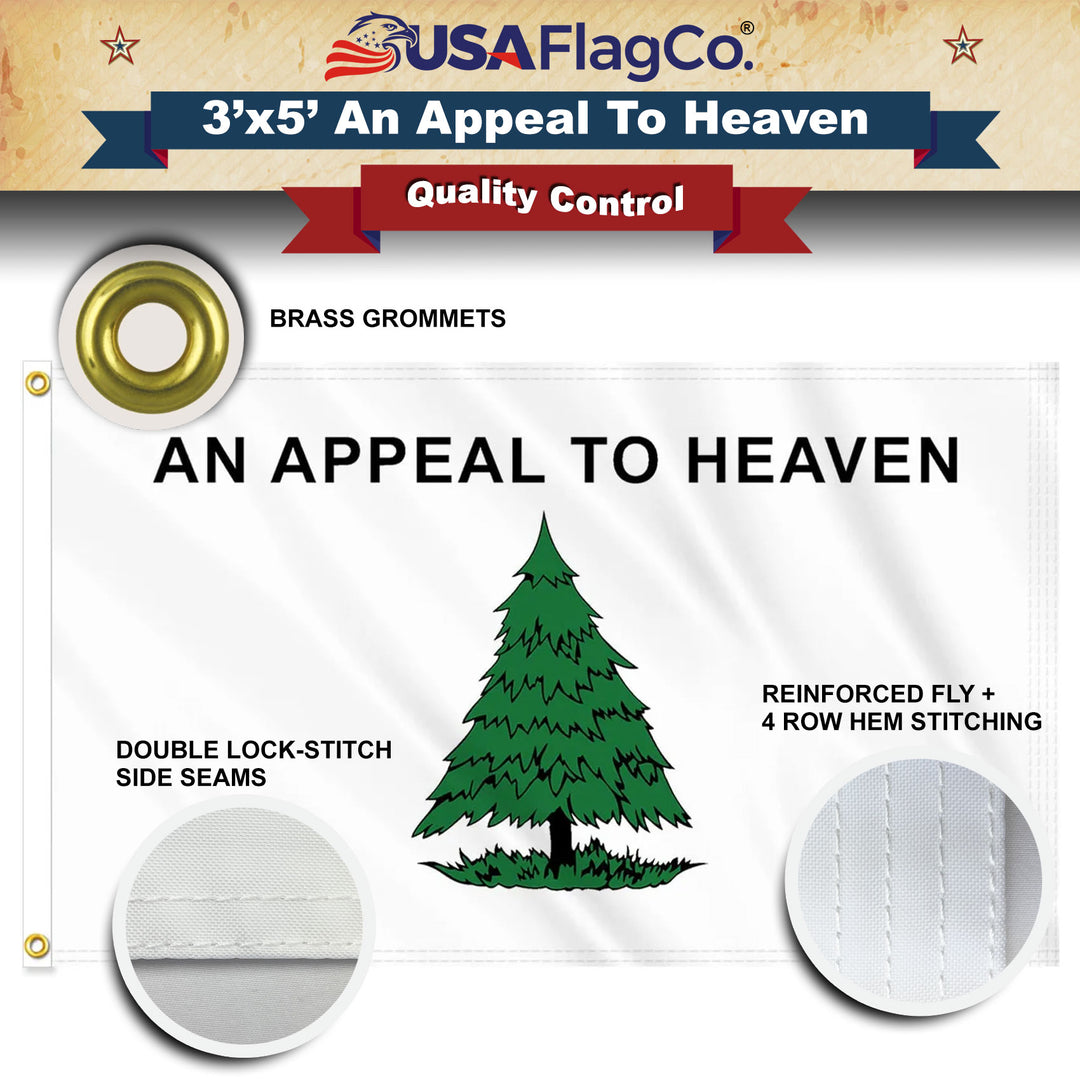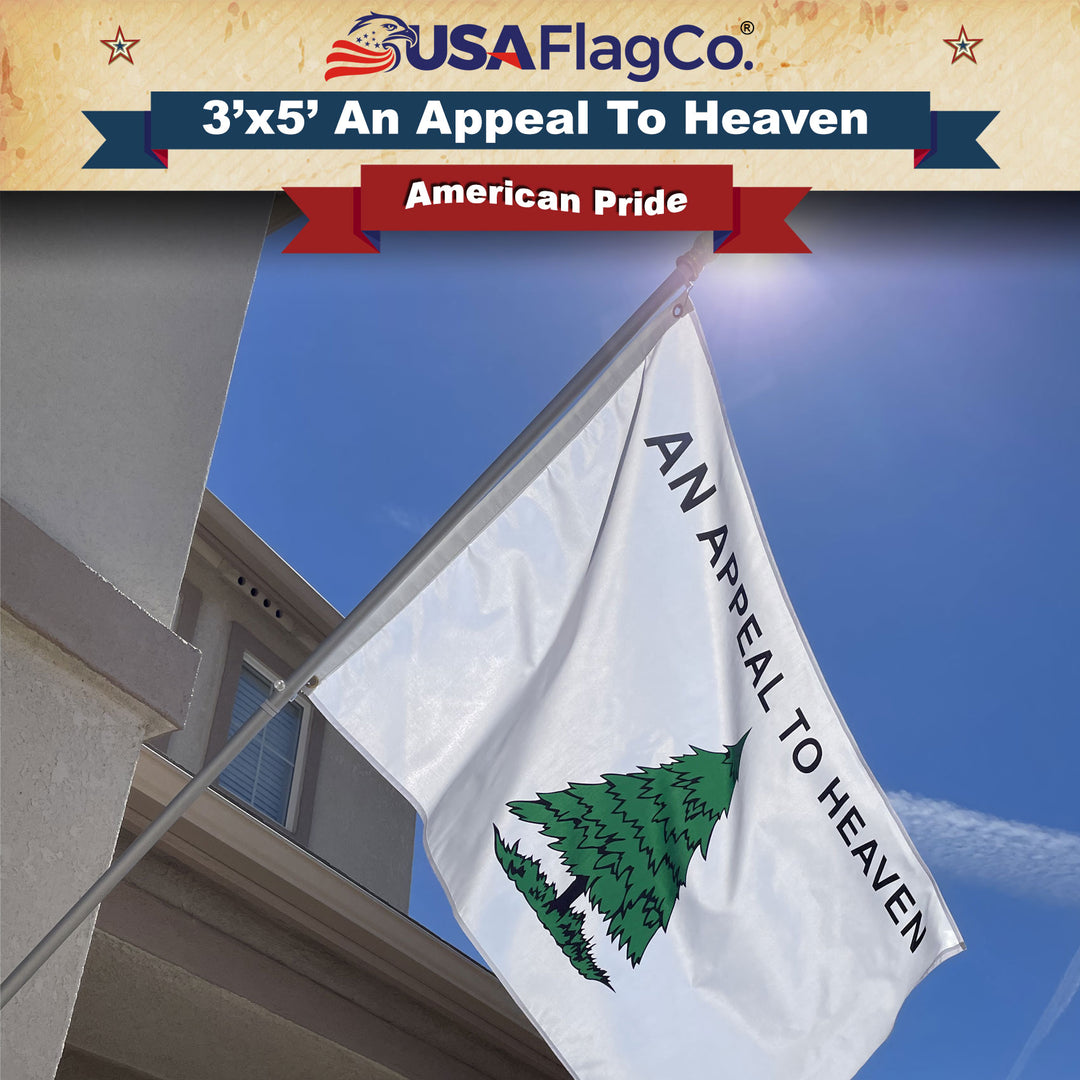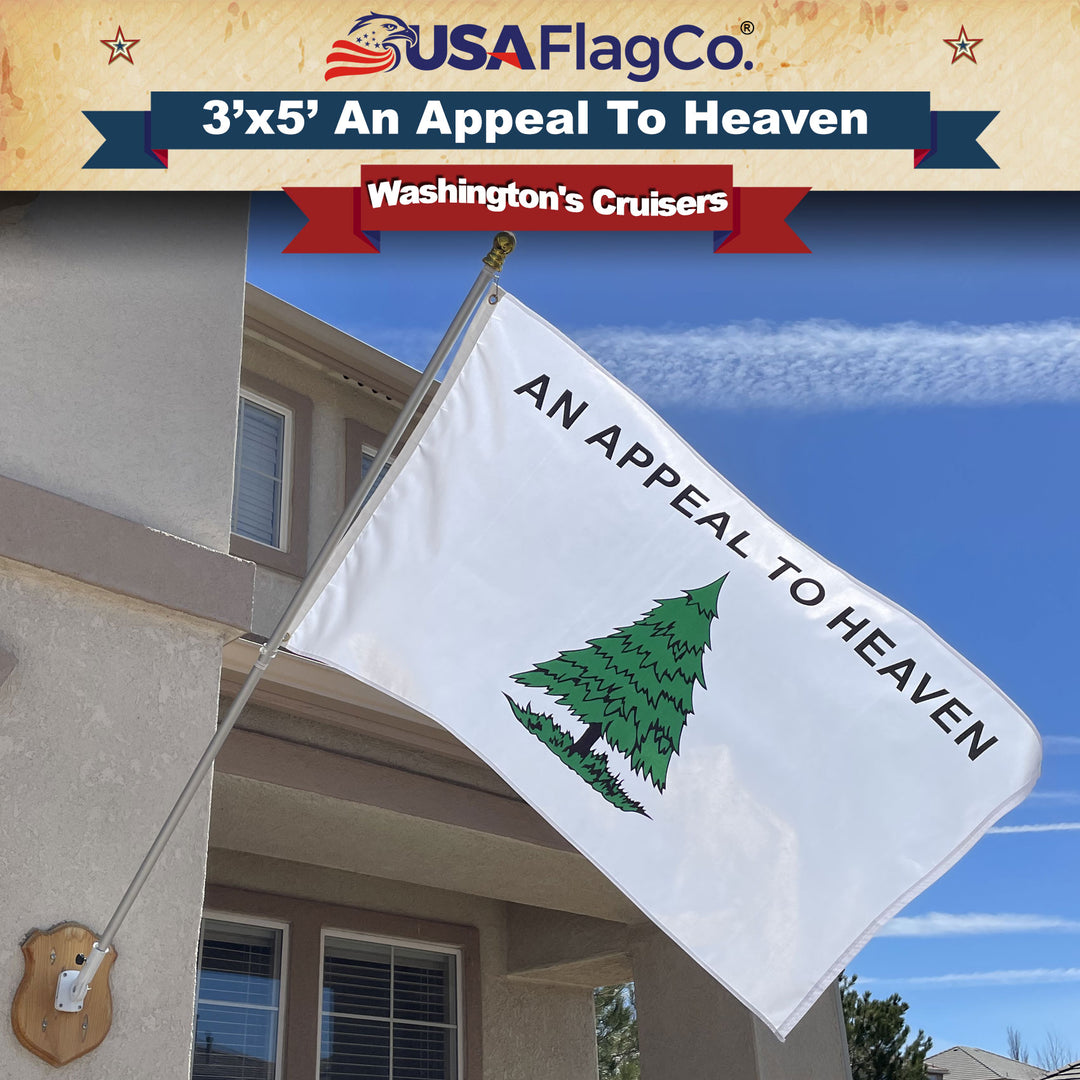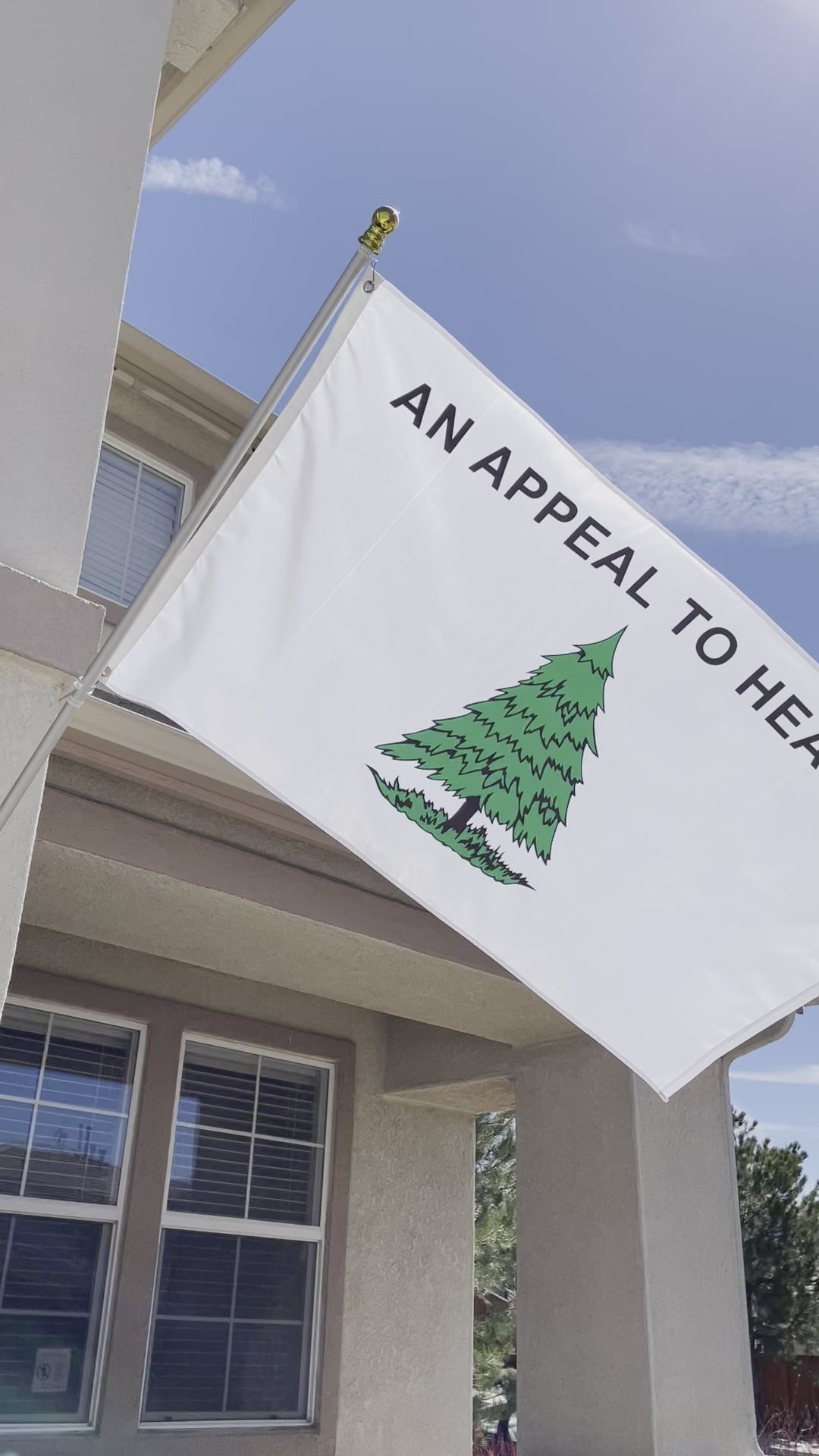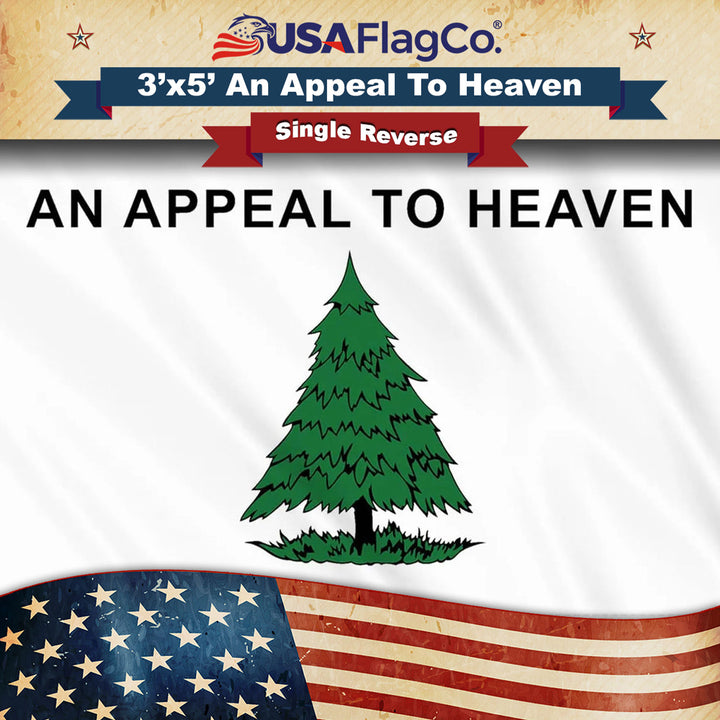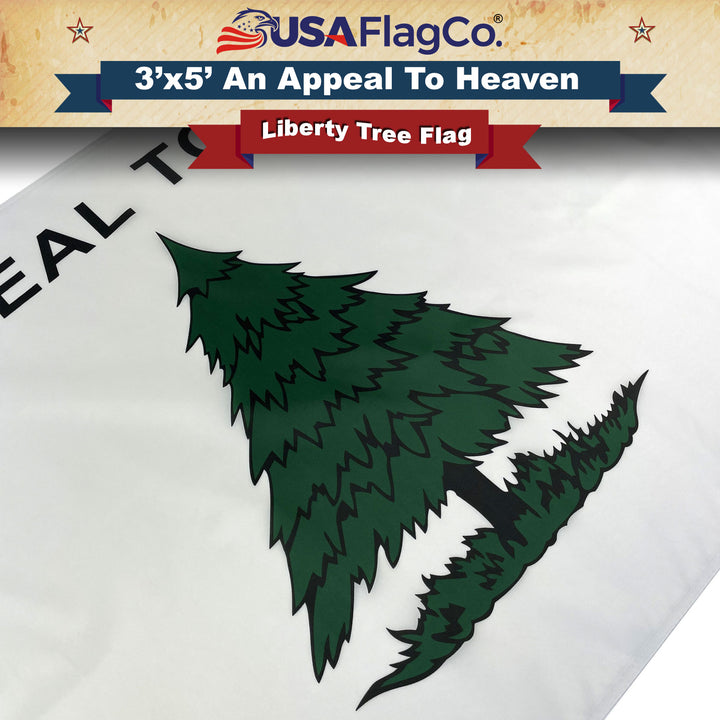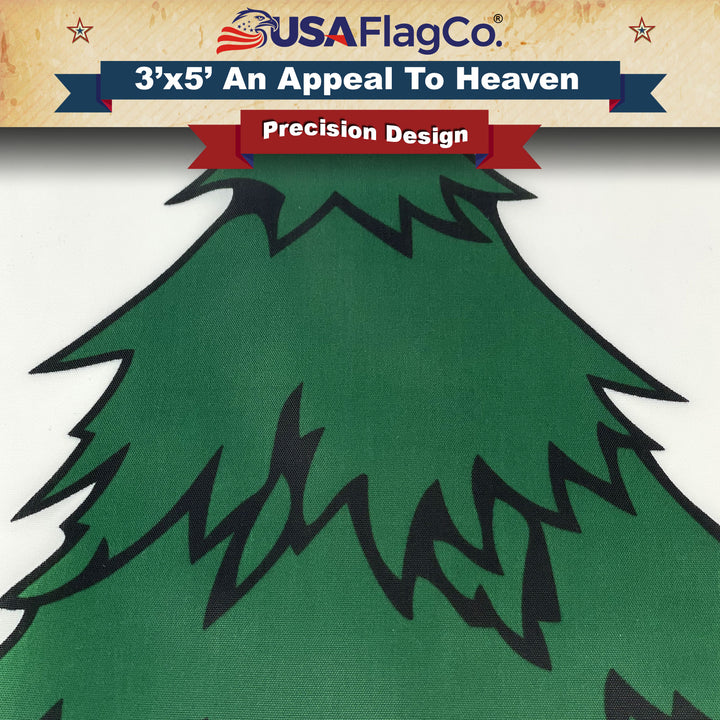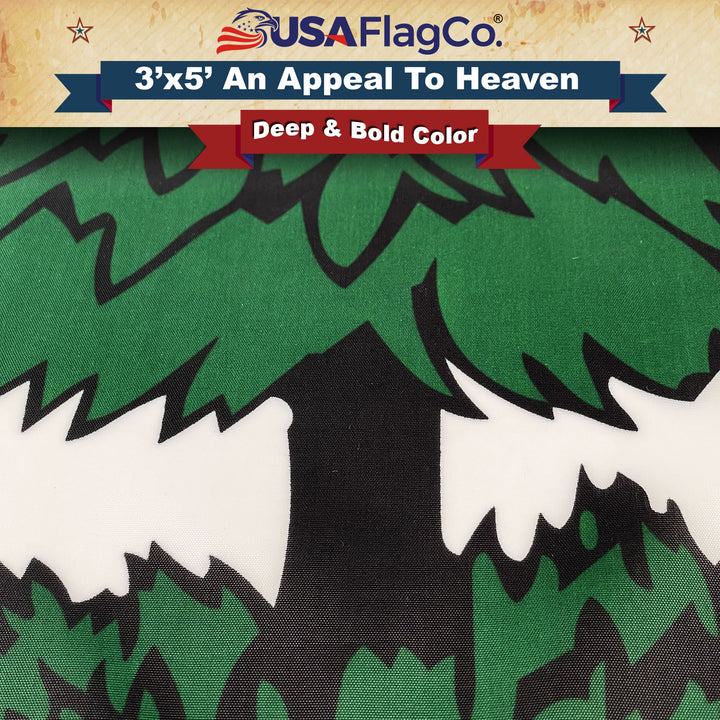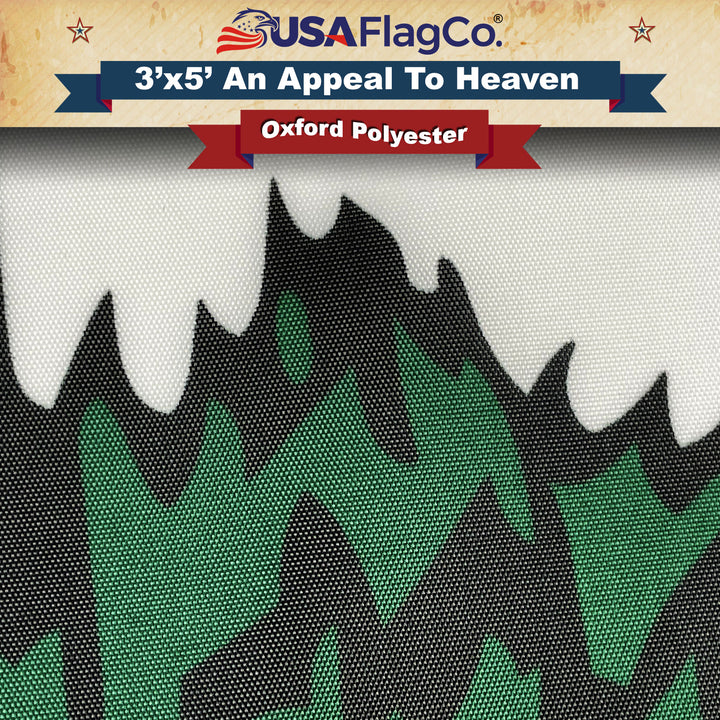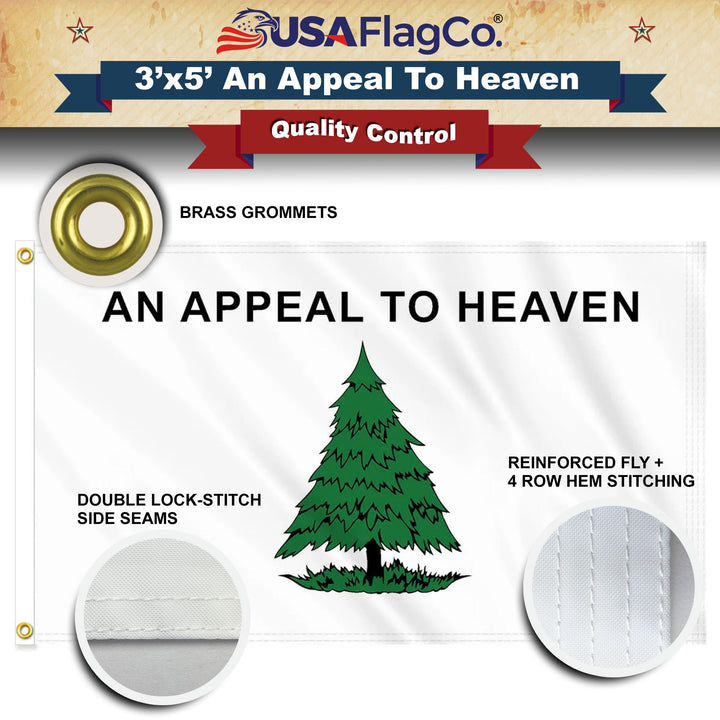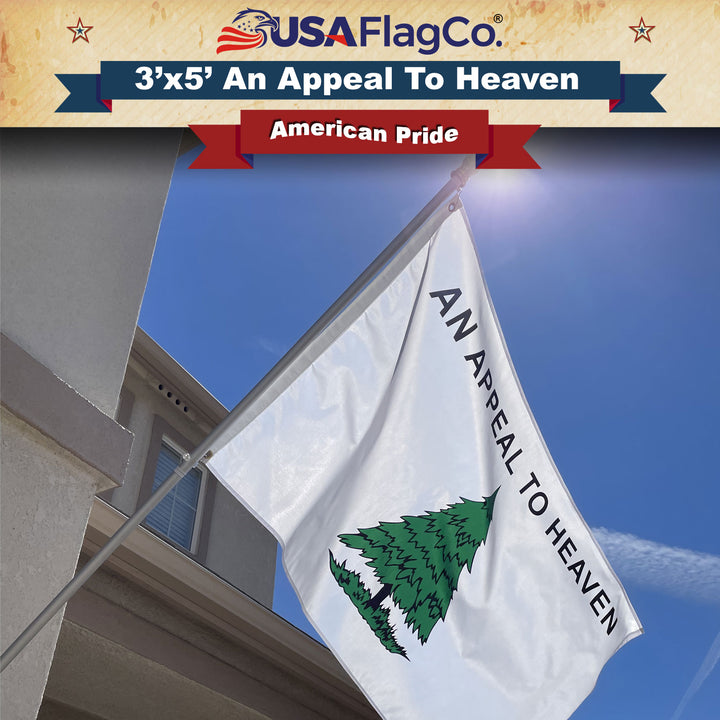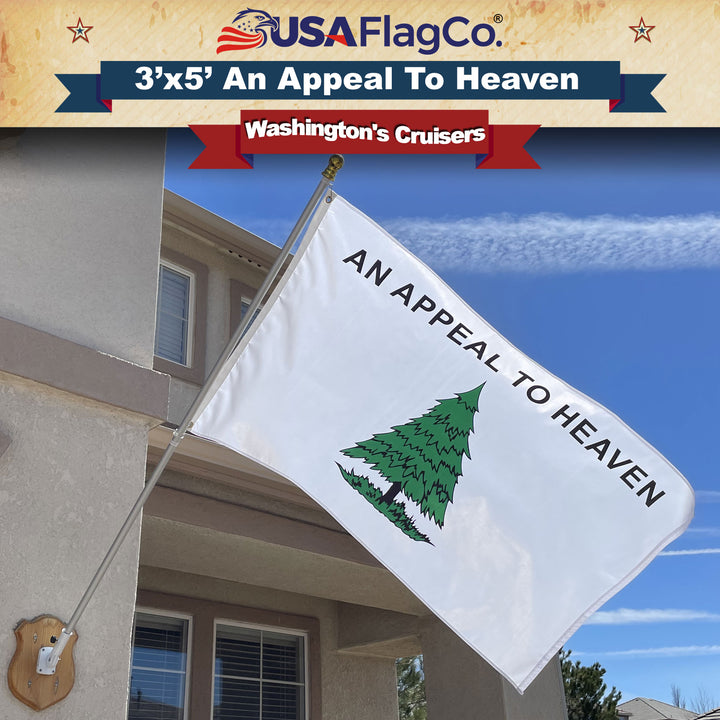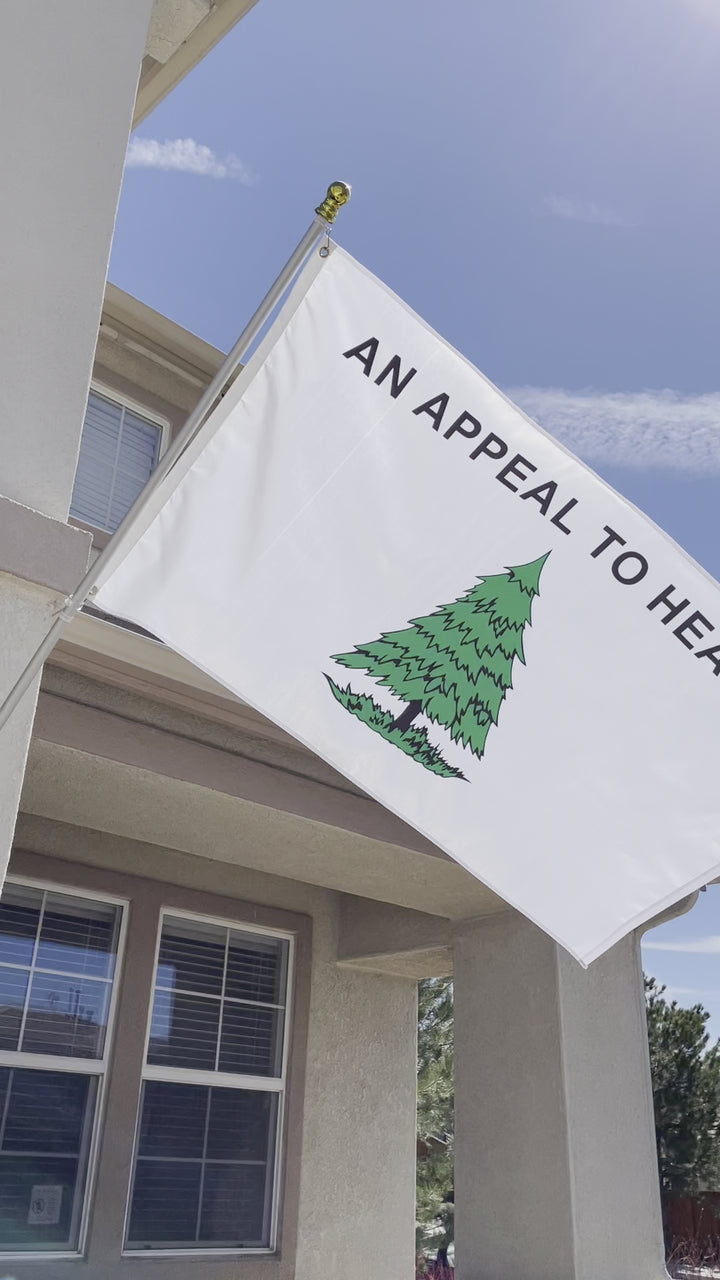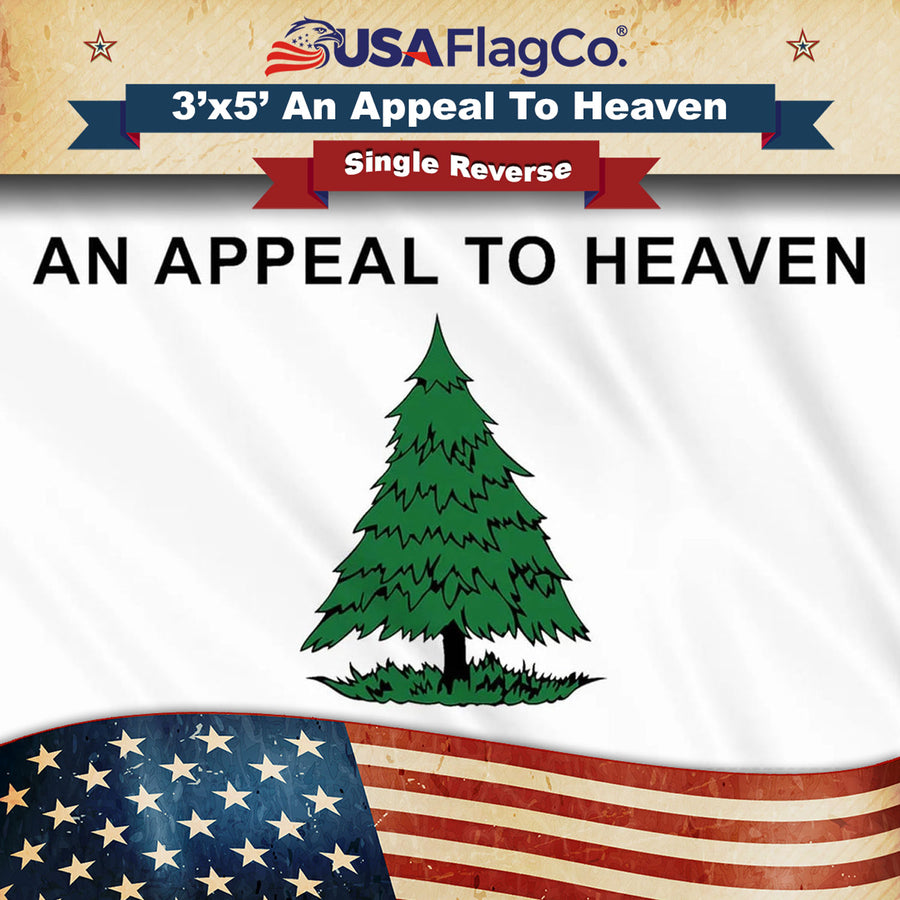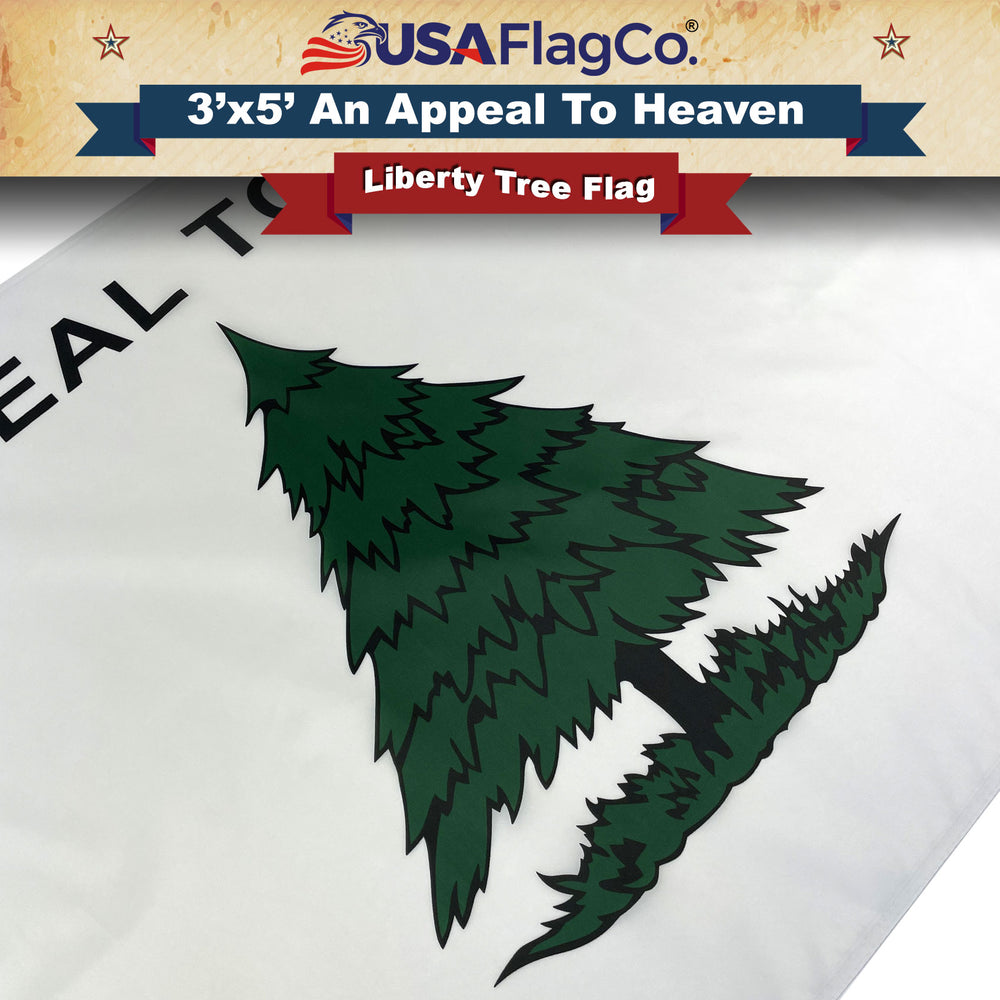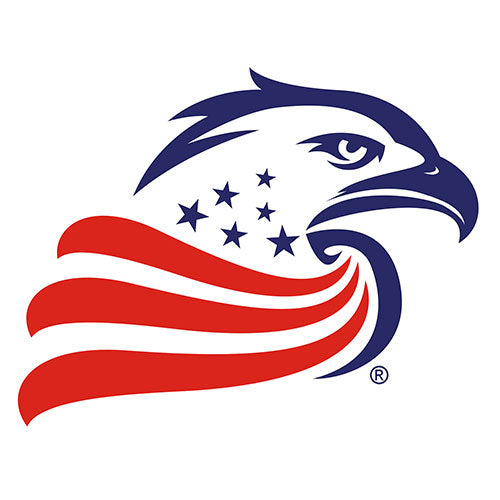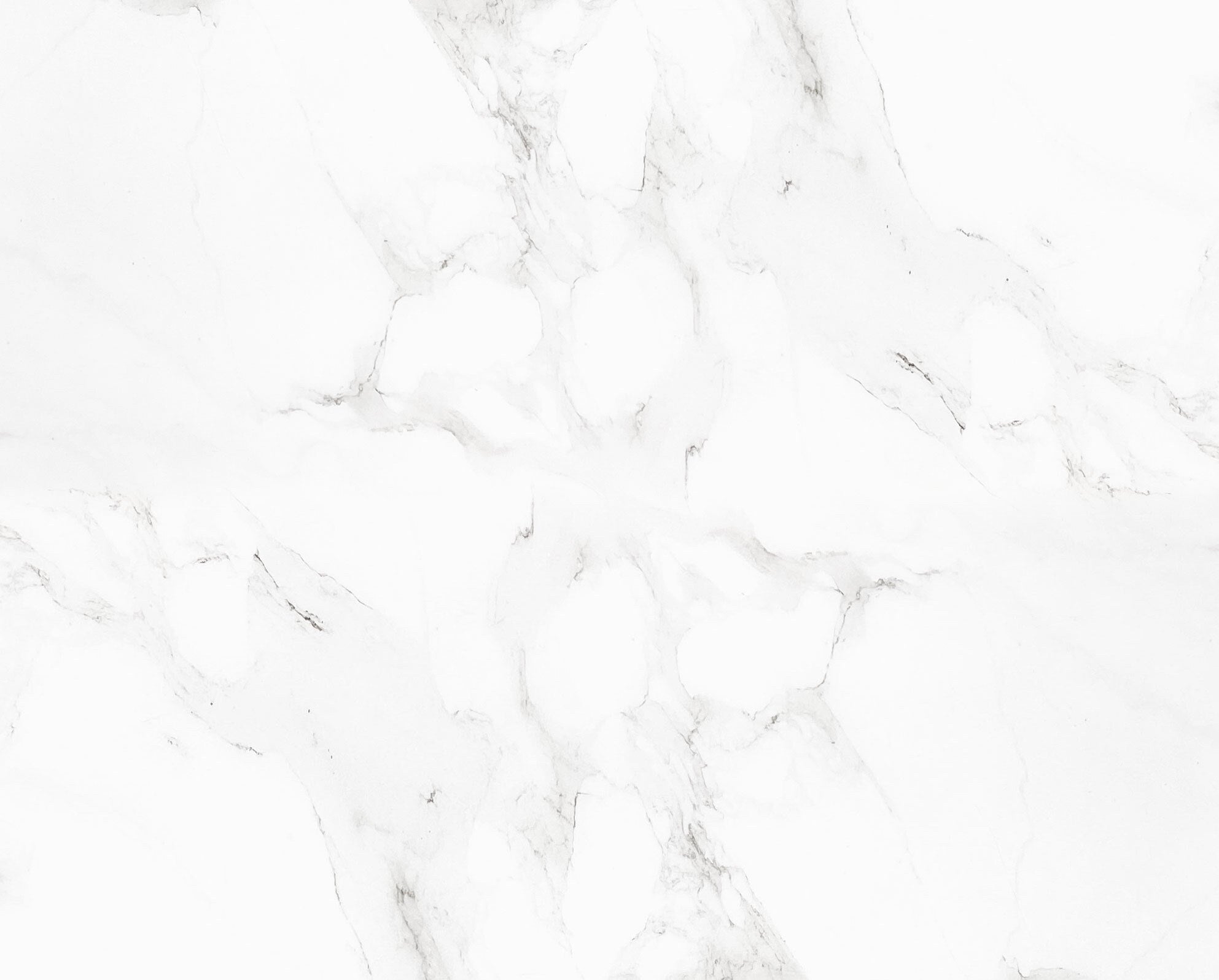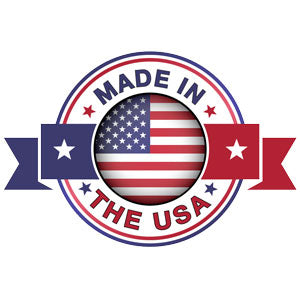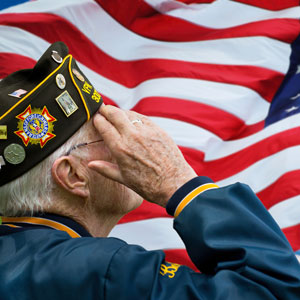Highlights
Fly Your Patriotism High with Our An Appeal To Heaven Flag - Oxford Polyester & High-Quality Design Guaranteed!
High-Quality Material: The 3x5 Oxford Polyester "An Appeal To Heaven Flag" is made of premium quality, durable polyester material that is perfect for outdoor use.
Eye-Catching Design: The flag features a unique and captivating design that catches the eye and draws attention. The "An Appeal To Heaven" phrase and the green pine tree on the white background make it stand out among other flags.
UV Resistant: The flag is UV-resistant, which means it won't fade or get damaged easily under direct sunlight. This makes it perfect for long-term outdoor use, and you won't have to worry about replacing it soon.
Versatile: The 3x5 Oxford Polyester "An Appeal To Heaven Flag" can be used for a variety of occasions, including political rallies, historical reenactments, and patriotic events.
Easy to Install: The flag is easy to install and comes with two brass grommets that can be attached to a flagpole or hung on a wall. You can also fold it up and take it with you wherever you go.
Long-lasting: Made from Oxford Polyester. Imported, 100% Polyester flag is built to last and withstand harsh weather conditions. It's also resistant to tearing, so you won't have to worry about it getting damaged easily.
Symbolic: The "An Appeal To Heaven" phrase and the green pine tree on the flag have significant historical and political symbolism. It's a powerful statement and a great way to show your support for a cause or belief.
What is the difference between Polyester and Oxford Polyester?
Polyester and Oxford Polyester are two different types of fabrics made from polyester fibers, with some differences in their properties and characteristics.
Polyester is a synthetic fabric made from polymer fibers that are manufactured through a chemical process. It is a lightweight, durable, and wrinkle-resistant fabric that is commonly used in clothing, upholstery, and various other applications. Polyester can be woven or knitted into a variety of textures, from smooth and shiny to rough and matte.
Oxford Polyester, on the other hand, is a specific type of polyester fabric that has a distinctive basket-weave pattern. This weave creates a slightly textured surface that is often used in outdoor and sportswear applications. Oxford Polyester is known for its durability, water resistance, and breathability, making it an ideal choice for outdoor activities.
So, in summary, the main difference between Polyester and Oxford Polyester is that Oxford Polyester has a distinctive basket-weave pattern and is often used in outdoor and sportswear applications, while Polyester can be woven or knitted into a variety of textures and is commonly used in clothing, upholstery, and various other applications.
The History of An Appeal To Heaven Flag
Flag Names: An Appeal To Heaven Flag, Washington's Cruisers Flag, Liberty Tree Flag, Pine Tree Flag, and An Appeal To God Flag
Adopted: October 21, 1775
Design: A pine tree with the words "AN APPEAL TO HEAVEN" written in all capital letters above the tree, and a white field behind it.
Designed by: Joseph Reed
Unveiling the Meaning and Origins of An Appeal to Heaven Flag
The An Appeal to Heaven Flag was one of the first flags which were used in 1775 during the American Revolution.
This beautiful early American flag featured a pine tree placed in the center of the flag with the motto "An Appeal to Heaven," written in all capital letters above the tree, or less frequently "An Appeal to God", was originally used by a squadron of six cruisers which were commissioned under George Washington's authority as commander in chief of the Continental Army in October 1775. It was also used by Massachusetts state navy vessels in addition to privateers sailing from Massachusetts.
George Washington arrived in Cambridge, Sunday, July 2, accompanied by Major-General Charles Luce, and the 'New England Chronicle' says:
None of the men who have been raised by this and several other colonies are in future to be distinguished as the troops of any particular colony, but as the forces of "The United Colonies of North America," into whose joint service they have been taken by the Continental Congress, and are to be paid and supported accordingly."
On the 18th of July, a month after the battle of Bunker's Hill, Major-General Putnam assembled his division on the height of Prospect Hill, to have read to it the manifesto of Congress, signed by John Hancock, its president, and countersigned by Charles Thomson, secretary.
The reading was followed by a prayer suited to the occasion, and at the close of the prayer, at a signal from the general, the troops cried 'Amen' and at the same instant the artillery of the fort thundered a general salute, and the scarlet standard of the Third Connecticut Regiment recently sent to General Putnam, bearing on the one side the Connecticut motto, "Qui transtulit sustained," and on the other, the recognized motto of Massachusetts, "An Appeal to Heaven," were unfurled. The same ceremony was observed in the other divisions.
Lieutenant Paul Lunt, in his Diary, which has been printed, says:
May 10, 1775, marched from Newburyport with sixty men, Captain Ezra Lunt, commander, and May 12, at 11 o'clock, arrived at Cambridge.... June 16, our men went to Charlestown and entrenched on a hill beyond Bunker's Hill.... June 17, the regulars landed a number of troops, and we engaged them. They drove us off the hill and burned Charlestown. July 2, General Washington came into the camp.... July 18th. This morning a manifesto from the grand Continental Congress was read by the Rev. Mr. Leonard, chaplain of the Connecticut forces upon Prospect Hill in Charlestown. Our standard was presented in the midst of the regiments, with this inscription upon it, "Appeal to Heaven," after which Mr. Leonard made a short prayer, and then we were dismissed, by the discharge of a cannon, three cheers, and a war-whoop by the Indians."
The 'New England Chronicle' for July 21, 1775, says:
Cambridge, July 21. On Tuesday morning the standard lately sent to General Putnam was exhibited flourishing in the air, bearing on one side this motto, 'An appeal to Heaven,' and on the other, 'QUI TRANSTULIT SUSTINET.' The whole was conducted with the utmost decency, good order, and regularity, and to the universal acceptance of all present. And the Philistines on Bunker's Hill heard the shout of the Israelites, and, being very fearful, paraded themselves in battle array."
On June 19, 1775, two days after the battle of Bunker Hill, and before the news had reached Georgia, there was a meeting of a committee of the leading men of Savannah to enforce the requirements of the American Association.
After the meeting, a dinner was had at Tondee's tavern, where a 'union flag' was hoisted upon a liberty pole, and two pieces of artillery were placed under it.
Aug. 1, 1775, there was raised at Prospect Hill, Charlestown, for a flag-staff, a mast seventy-six feet high, which came out of a schooner that was burnt at Chelsea.
In September 1775, Arnold made his famous expedition through Maine to Canada, and, when drifting down the gentle current of the Dead River, came suddenly in sight of a lofty mountain covered with snow, at the foot of which he encamped three days, raising the Continental flag over his tent.
What its color was, or the devices upon it, we have no means of ascertaining. The mountain is now known as 'Mount Bigelow,'-tradition asserting that Major Bigelow, of Arnold's little army, ascended to its summit, hoping to see the spires of Quebec.
In September 1775, two strong floating batteries were, launched on the Charles River, and opened fire, in October, on Boston, which caused great alarm and damaged several houses.
They appear to have been scows made of strong planks, pierced near the water line for oars, and along the sides higher up for light, and musketry. Their ensign was a pine tree flag. The six schooners first commissioned by the United Colonies sailed under the pine tree flag.
Colonel Reed, in a letter from Cambridge to Colonels Glover and Moylan, under date Oct. 30, 1775, says:
Please fix upon some particular color for a flag, and a signal by which our vessels may know one another. What do you think of a flag with a white ground and a tree in the middle, the motto, 'AN APPEAL TO HEAVEN,'-this is the flag of our floating batteries."
Colonels Moylan and Glover replied the next day, that, as Broughton and Selman, who had sailed that morning, had none but their old colors (probably the old English union ensign), they had appointed as the signal by which they could be known to their friends the ensign at the main topping lift. In January, Franklin was wearing the pine tree flag.
The suggestion of Colonel Reed seems to have been soon adopted. The 'London Chronicle,' for January 1776, describing the flag of a captured cruiser, says:
There is in the admiralty office the flag of a provincial privateer. The field is white bunting. On the middle is a green pine tree, and upon the opposite side is the motto, 'An Appeal to Heaven.'"
April 1776, the Massachusetts council passed a series of resolutions for the regulation of the sea service, among which was the following:
Resolved, That the uniform of the officers be green and white, and that they furnish themselves accordingly; and that the colors be a white flag, with a green pine tree, and the inscription, 'An Appeal To Heaven.'"
Add this Pine Tree Flag aka An Appeal To Heaven Flag to your cart for Immediate Delivery Now.
30-DAY MONEY BACK GUARANTEE
USA Flag Co. wants you to be completely and perfectly satisfied, and that is why we offer a 30-day money back guarantee from the date you ordered your product(s). Now don't get me wrong, we'd love to know why you didn't like it, but only if you are willing to tell us. Otherwise, it's 100% satisfaction guaranteed return. No questions asked.
We take all the risk out of ordering by offering an unmatched satisfaction guarantee. We'll always do our best to take care of you.
100% SATISFACTION GUARANTEE!
Free standard shipping on orders over $60. Full shipping policy
This product is eligible for returns. Full returns policy
Frequently Asked Questions
This is the most common question asked in the industry and the most difficult to answer. No two flags will wear the same due to weather conditions and how often the flag is flown. Our flags offer the best stitching and highest quality materials to get your flag off to a great start.
Do not hang a flag where the wind will whip it against rough surface, such as tree branches, wires or cables or the outside of your home or building. Inspect your flags regularly for signs of wear. Repair any minor rips or tears right away this can be mended easily with a sewing machine or sewing kit. Keep the surface of the pole free of dirt, rust or corrosion that could damage or stain your flag.
We recommend that you hand-wash your flag with mild soap, rinse thoroughly and air dry. You can also use a dry cleaning service.
Exposing your flag to rain, wind, snow or high winds will shorten the life of your flag considerably. If you leave your flag exposed to the elements, it will greatly reduce the life of your flag.
Yes, as long as your pole is large enough to support the weight of the flags. The USA Flag must always fly at the top. The flag underneath should be at least one foot lower and be one size smaller than the USA Flag. Flags of other countries are not to be flown beneath the USA Flag.
If your flag is significantly faded, torn or tattered it is time to retire your flag. Your flag should be retired privately in a dignified manner. In addition, many local community organizations have flag disposal centers that will dispose of your flag for you.


